
OR
Manpower crunch a major problem even after nine months of local govts
Published On: April 7, 2018 03:48 AM NPT By: Bhim Chapagain
ILAM, April 6: Even nine months after the formation of the local governments, lack of manpower has still been an unsolved problem. This has not only delayed the development projects at the local level but also deprived the people of government services. It has been a real challenge for the available staffers to do multi-tasking to manage everything.
Locals had expected an easy access to infrastructures and effective services after the formation of the local units but in reality that has been nothing more than a myth. Representatives and staffers of the local units cite the lack of manpower as the major reason behind the sluggish and delayed developmental works. According to them, the presence of technical manpower is a must when it comes to sanctioning and allocating budget for any project. But that has not been possible due to the absence of the required manpower.
Absence of staffers has also affected the day to day work of the local units. Of the total 81 wards in Ilam, 28 are unable to provide effective services due to the lack of sufficient manpower. According to the District Coordination Committee (DCC), lack of manpower has especially affected the work of wards. "There are no secretaries in many wards and some local units have yet not been able to manage workstations for the staffers and officials. This has badly affected their work," said Ganesh Prasad Baral, chief of DCC, Ilam. He further said that the salaries of many government officials haven't been paid. "Many government officials especially teachers have been lamenting that they have not been paid their salaries," said Baral.
While many local units have started working by forming rules and policies, many others are still waiting for the guidance of the provincial government due to the fear of clashing laws. "Local units have already started working for infrastructural and social development by coordinating with various governmental and non-governmental organizations," Baral added.
Even though the government has announced to keep 17 staffers at each local unit with the population of 25,000, local units in reality are operating with only half of the staffs. Jharendra Adhikari, an officer of DCC said that only 2-3 out of total 10 local units have full staff. "Local units could provide better services if there were sufficient number of staffs," said Adhikari.
So far, the judicial committees formed under the leadership of deputy mayors and vice-chairperson have been doing quite well. But the members of the committees have been demanding training so that they could understand the nature of cases and give justice to the victims.
You May Like This
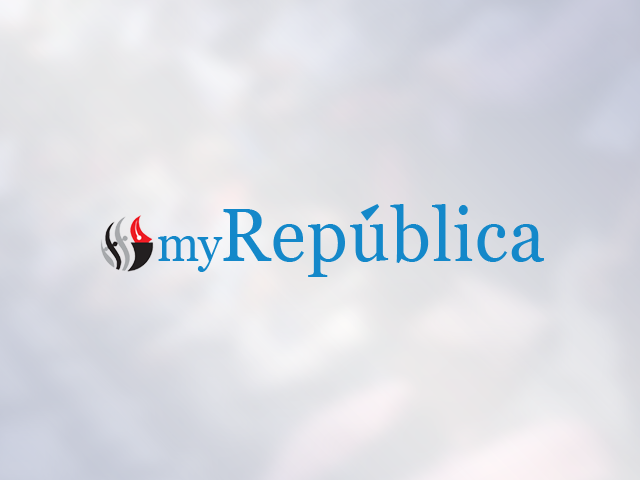
One year since local elections, local units still struggling with manpower crunch
RUPANDEHI, Aug 4: One year after the election of local representatives, most of the local units in rural areas are still... Read More...

Manpower crunch poses problem in merging government authorities
ILAM, July 18: Locals living in remote areas of Ilam district were delighted to know that they would no longer have... Read More...

‘Send at least 1 bank to each local unit within 2 months’
KATHMANDU, June 12: The Development Committee of the parliament has instructed the government to take needful initiative in prodding commercial banks... Read More...
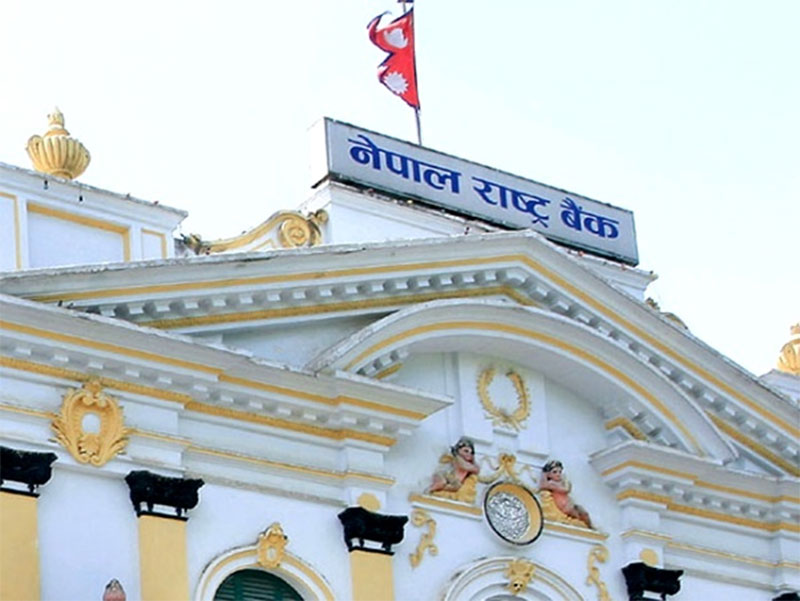
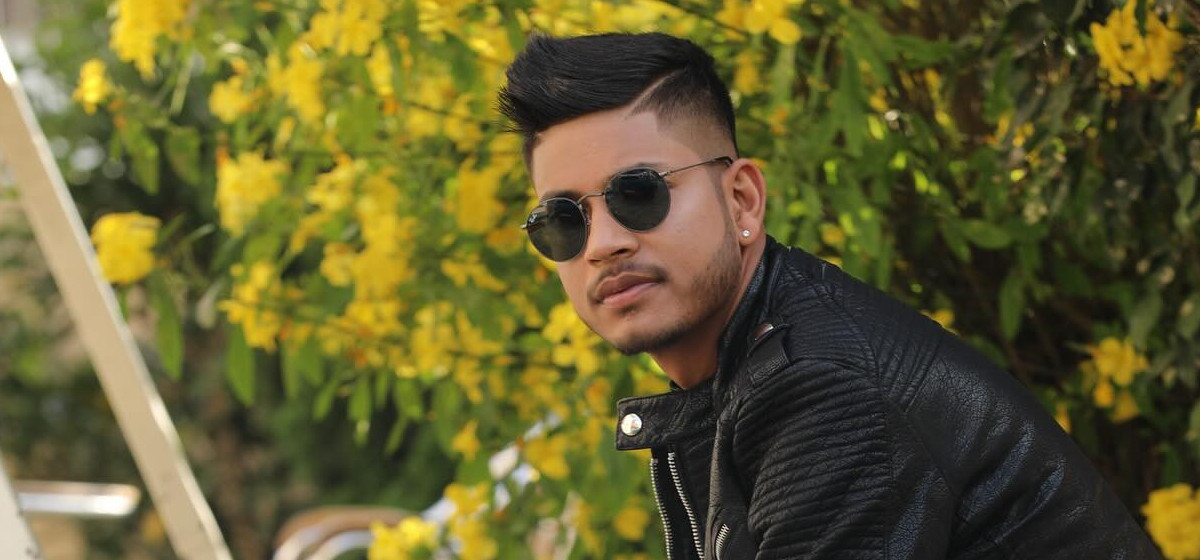
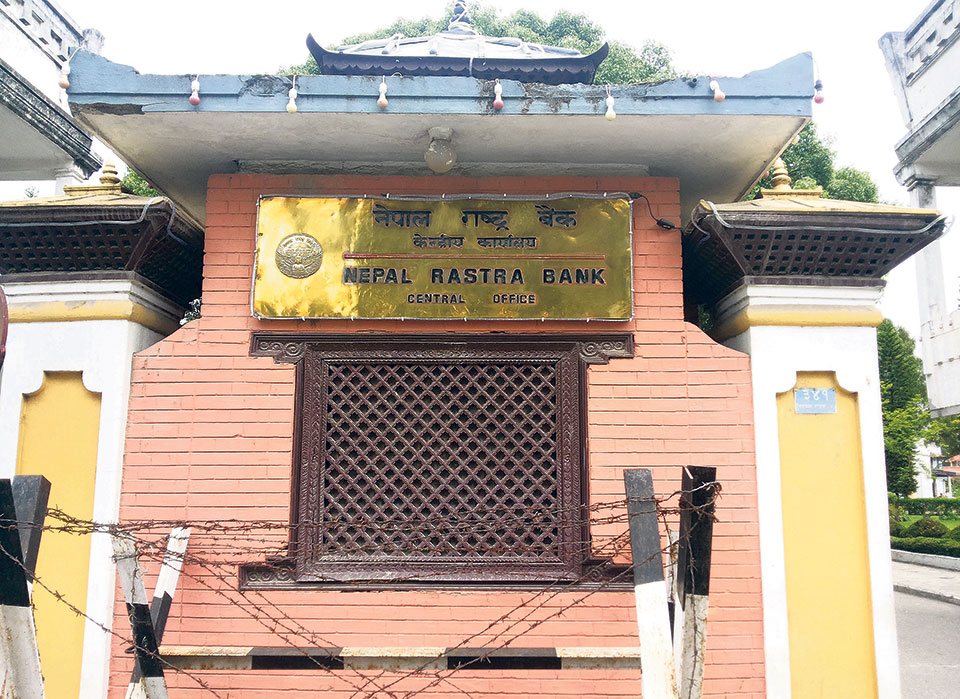


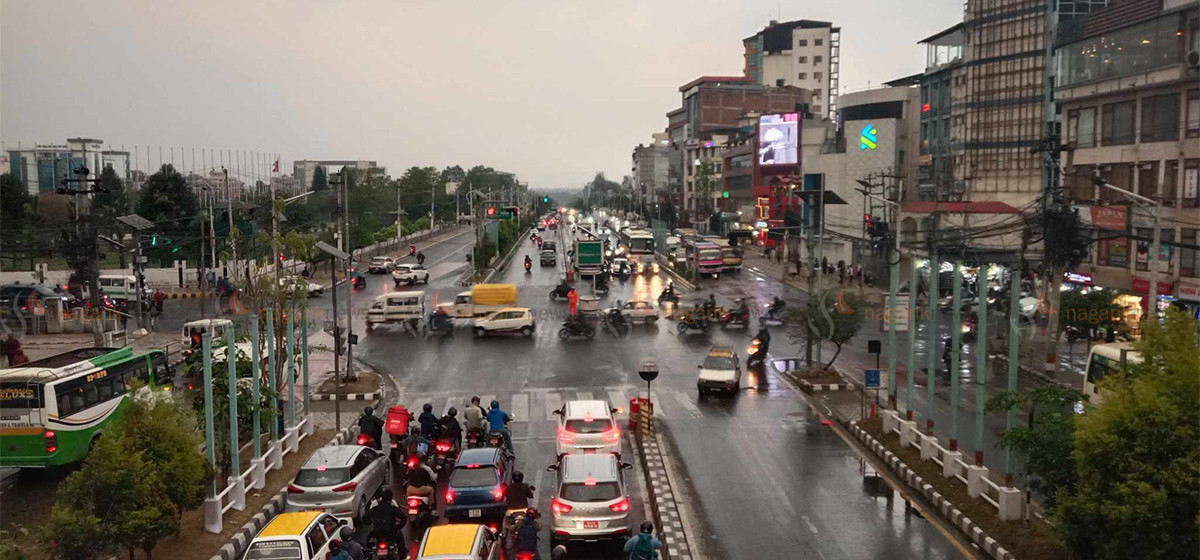
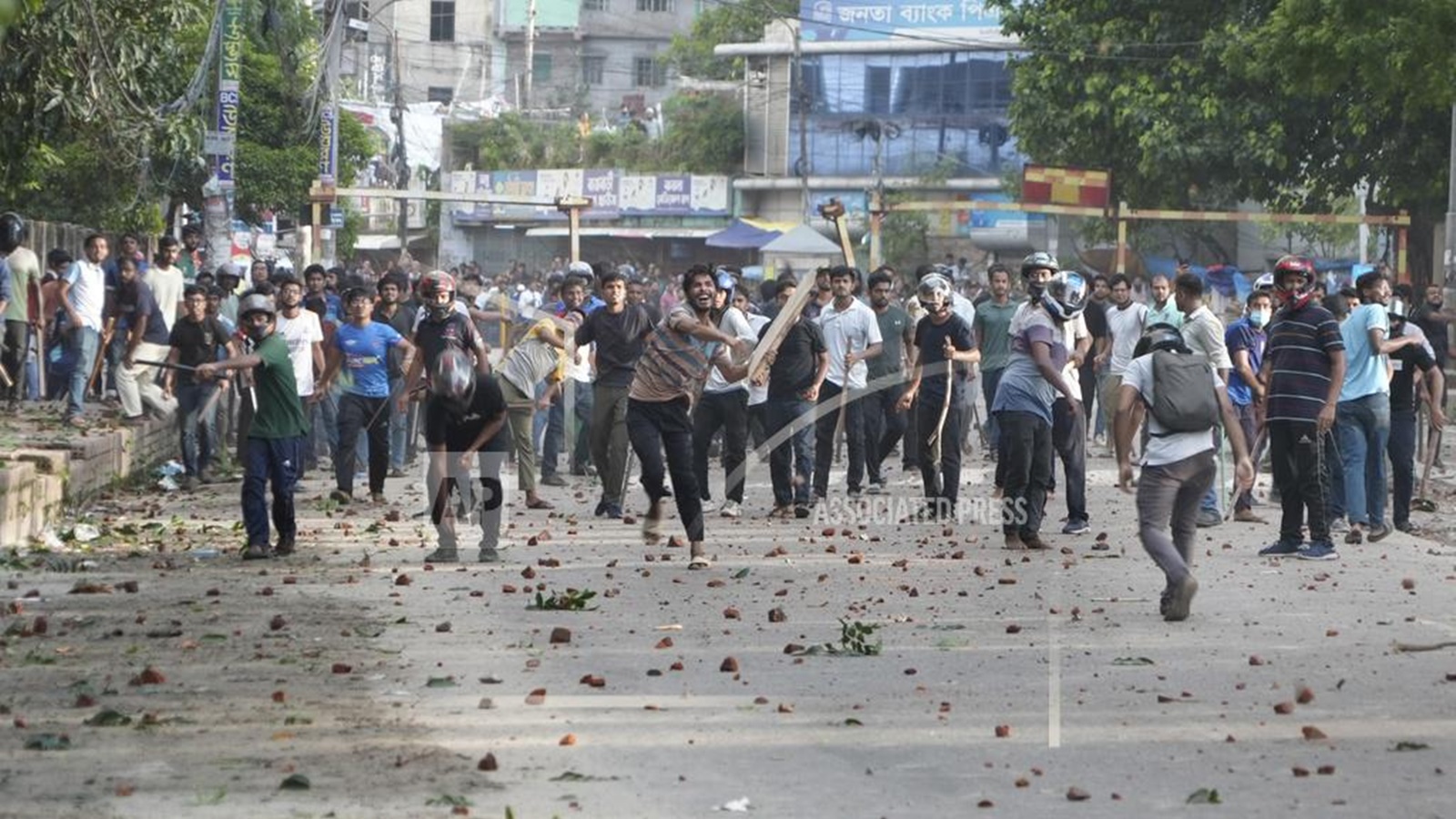
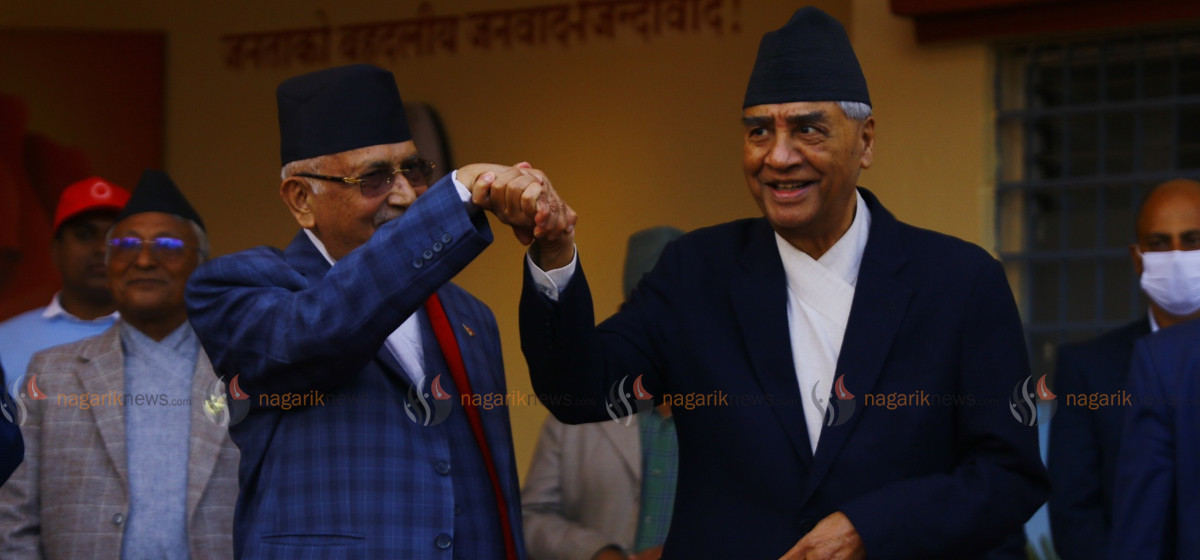
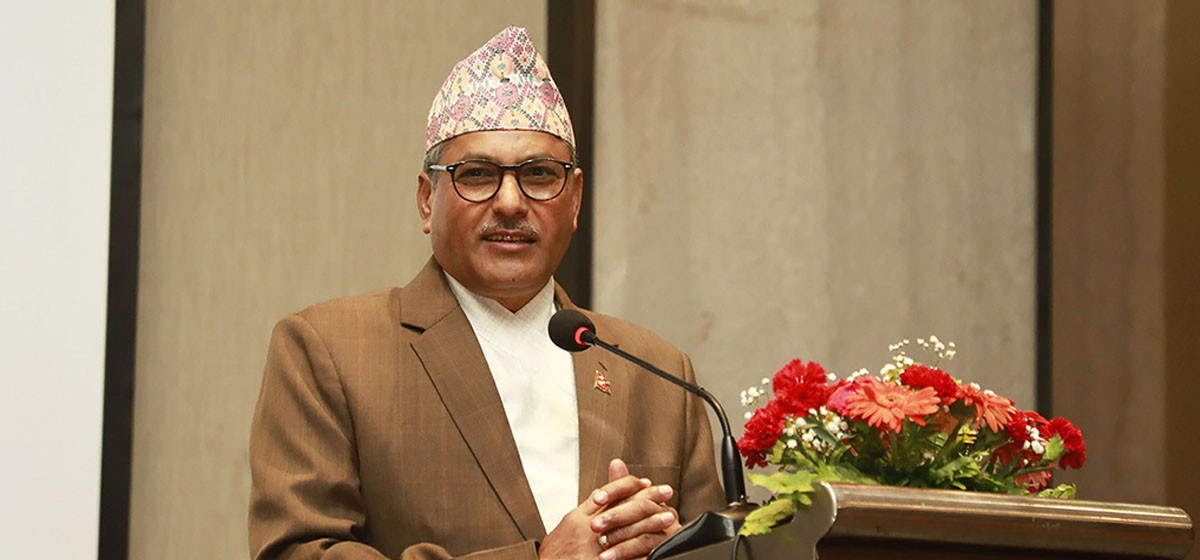
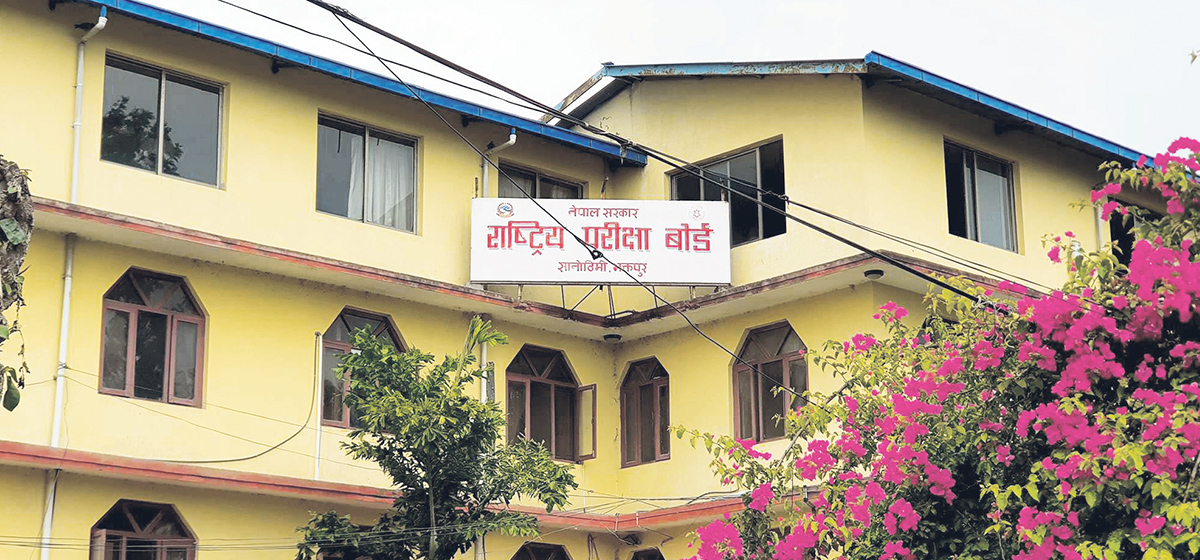
Just In
- Heavy rainfall likely in Bagmati and Sudurpaschim provinces
- Bangladesh protest leaders taken from hospital by police
- Challenges Confronting the New Coalition
- NRB introduces cautiously flexible measures to address ongoing slowdown in various economic sectors
- Forced Covid-19 cremations: is it too late for redemption?
- NRB to provide collateral-free loans to foreign employment seekers
- NEB to publish Grade 12 results next week
- Body handover begins; Relatives remain dissatisfied with insurance, compensation amount



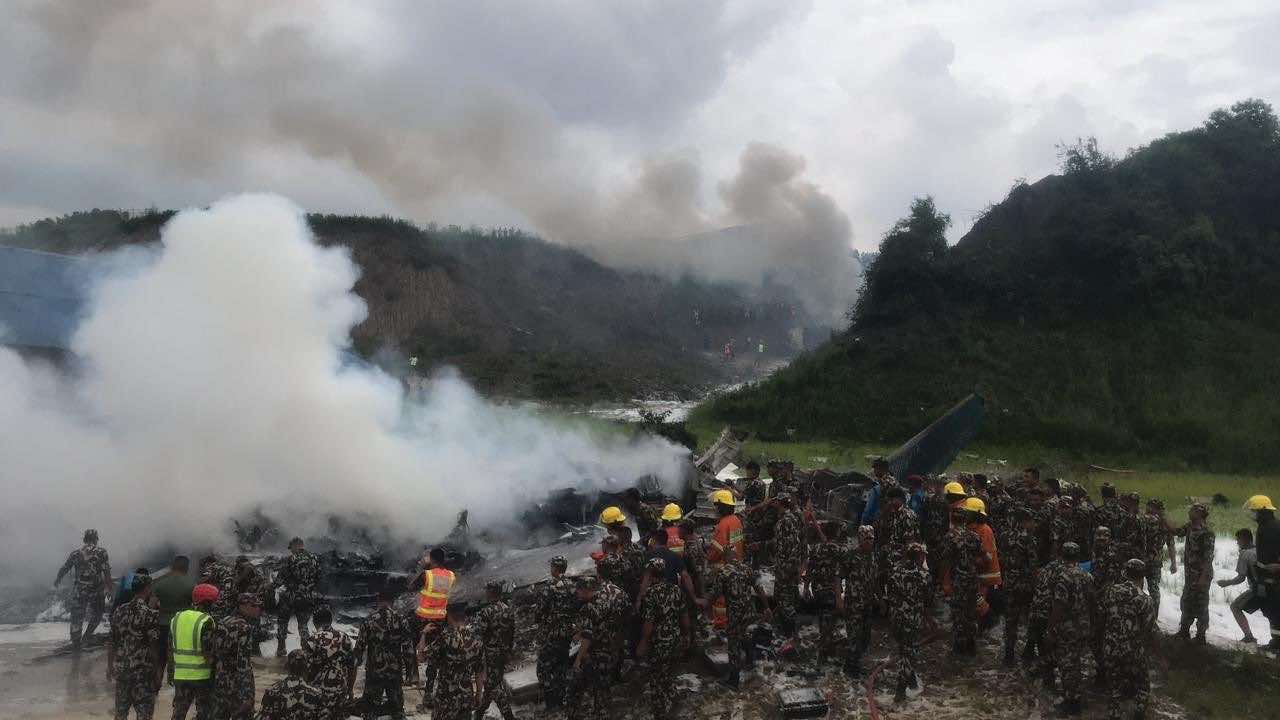
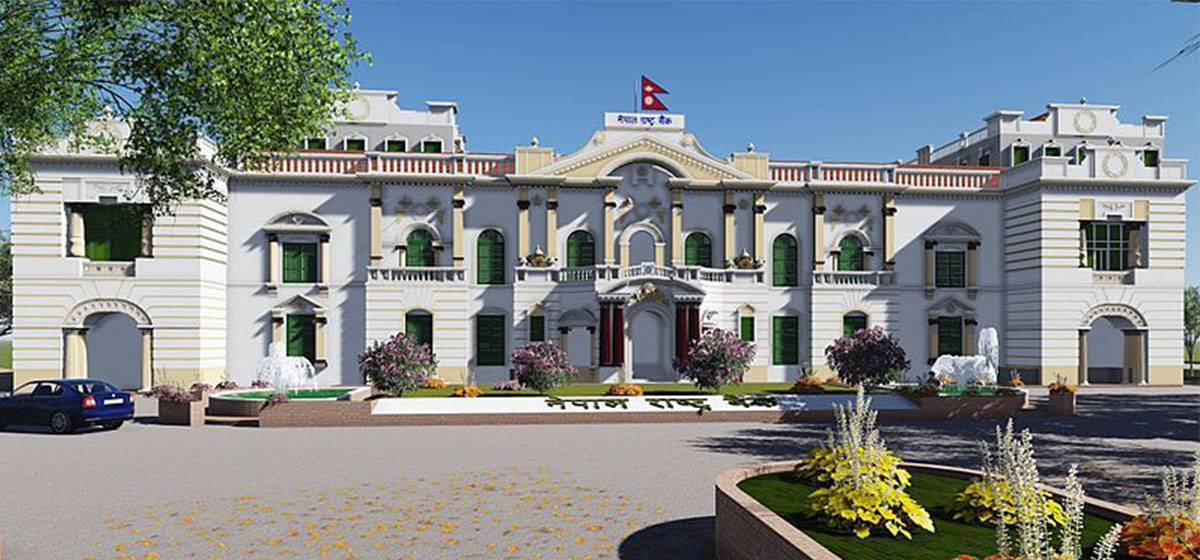
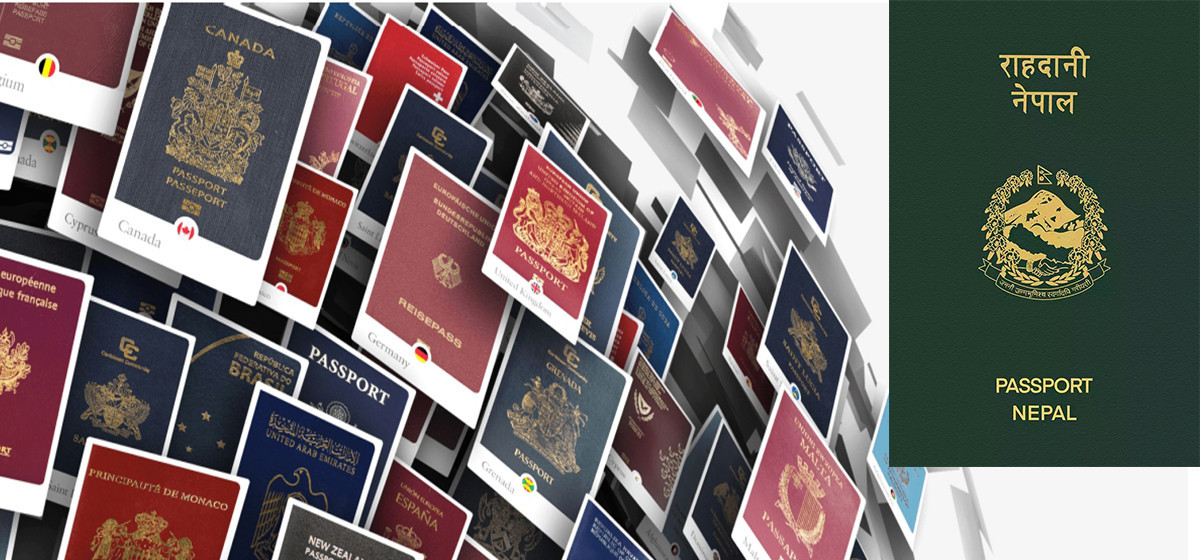
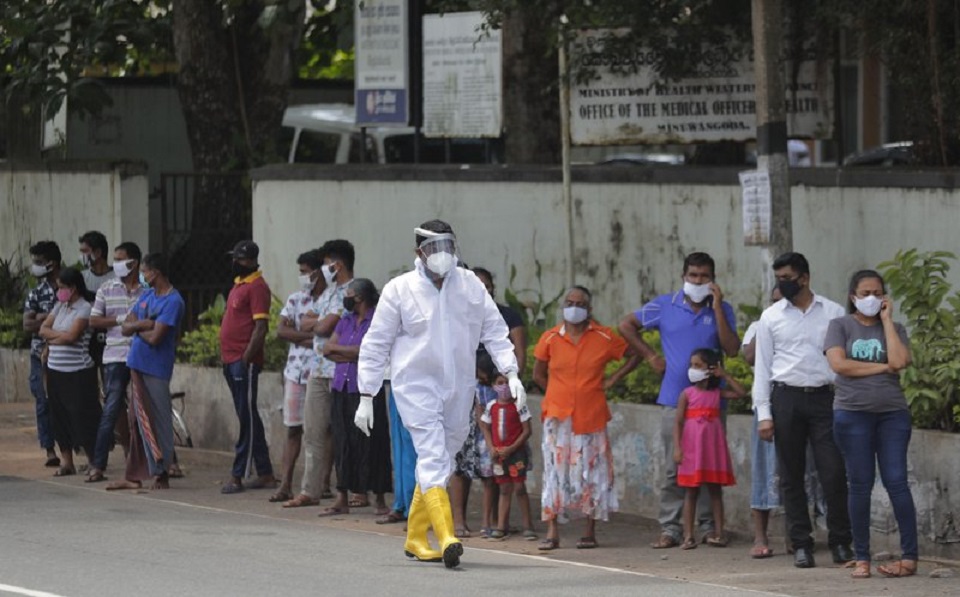
Leave A Comment